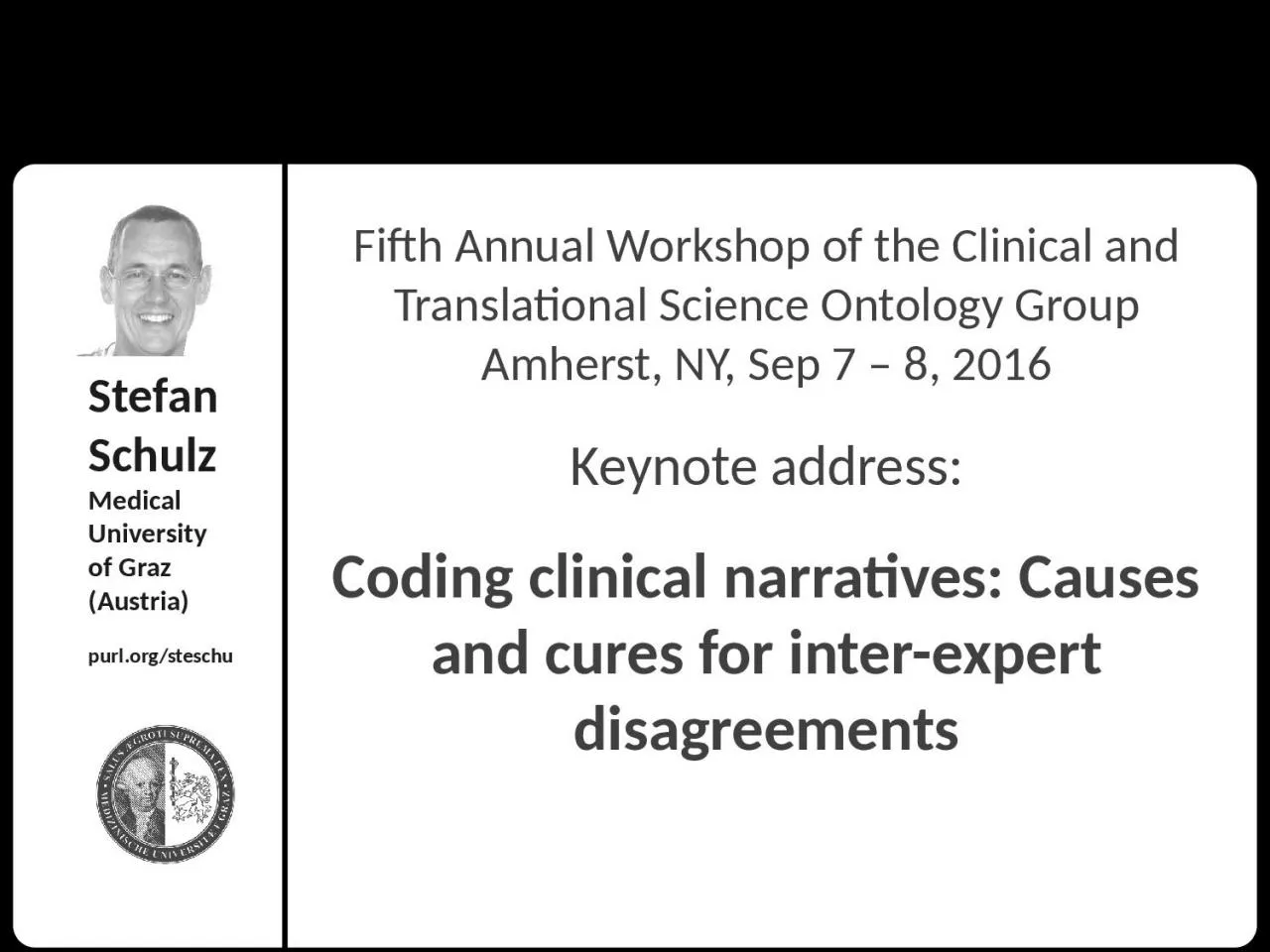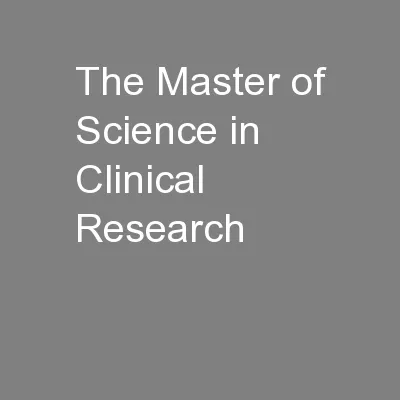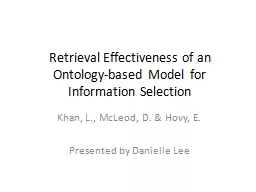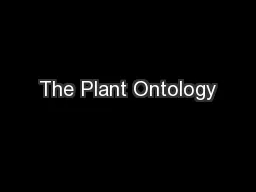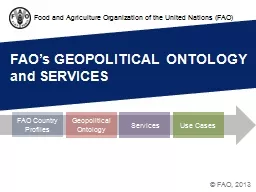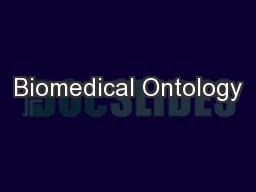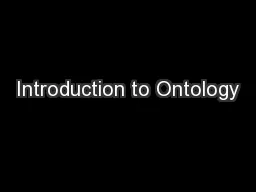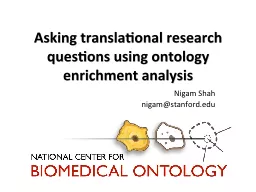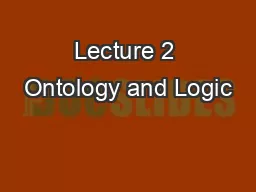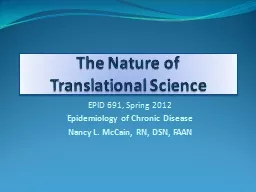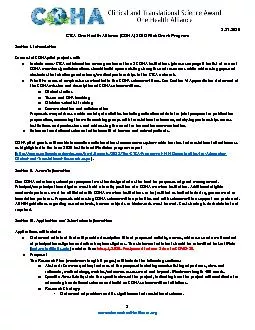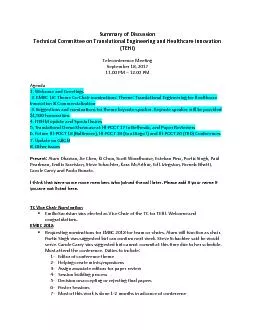PPT-Fifth Annual Workshop of the Clinical and Translational Science Ontology Group
Author : jasmine | Published Date : 2024-03-13
Amherst NY Sep 7 8 2016 Keynote address Coding clinical narratives Causes and cures for interexpert disagreements Stefan Schulz Medical University of Graz Austria
Presentation Embed Code
Download Presentation
Download Presentation The PPT/PDF document "Fifth Annual Workshop of the Clinical an..." is the property of its rightful owner. Permission is granted to download and print the materials on this website for personal, non-commercial use only, and to display it on your personal computer provided you do not modify the materials and that you retain all copyright notices contained in the materials. By downloading content from our website, you accept the terms of this agreement.
Fifth Annual Workshop of the Clinical and Translational Science Ontology Group: Transcript
Download Rules Of Document
"Fifth Annual Workshop of the Clinical and Translational Science Ontology Group"The content belongs to its owner. You may download and print it for personal use, without modification, and keep all copyright notices. By downloading, you agree to these terms.
Related Documents

